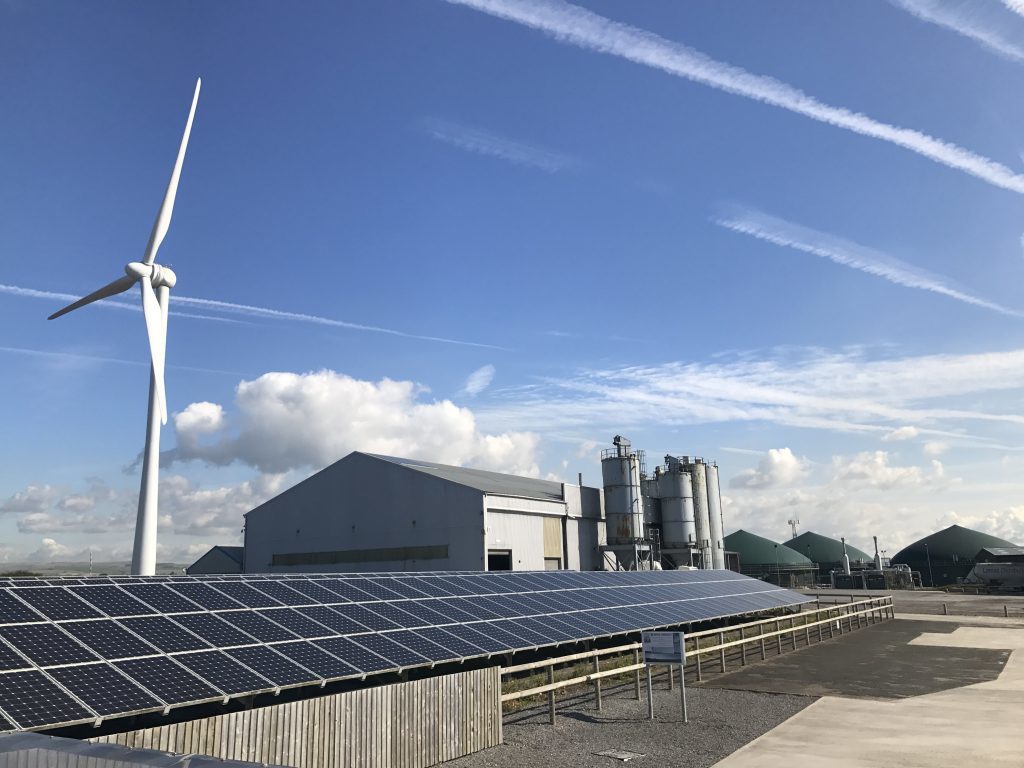
Wood Mackenzie Power and Renewables senior research analyst, Rory McCarthy notes the five major things to watch for in terms of energy storage in 2019.
Battery manufacturing is coming to Europe and it will become a major strategic manufacturing hub as EVs take off.
Building a domestic battery value chain is one way Europe can have future energy independence from the Asian battery powerhouses that currently control 74% of global lithium battery supply. This is central to the European Battery Alliance set up in 2017 by the European Commission. We will see battery factories begin ramping up operations in 2019. For instance, Northvolt plans to have its module production facility up and running this year in Poland, with its cell production capacity up to 32 GWh annually by 2023. Irrespective of Europe’s battery independence plans, the South Korean firms such as LG Chem, Samsung SDI and SK Innovation already have manufacturing facilities on the continent, with big plans. LG Chem for instance, will ramp production in Poland from 10GWh to 70GWh over the next three years. The Chinese firms are also setting up shop, with Europe plans announced from BYD and CATL.
Europe’s global share of cell production will grow from 6% in 2018 to 35% by 2026, with an average year-on-year growth rate over the period of 72%. This is all being driven by huge contracts from the automotive manufacturers in preparation for an expected booming EV market in the 2020s. Local battery manufacturing will be the keystone for the European energy storage market. Will the European manufacturers be able to catch up with the Asia firms sizable head start? No, not based on our current market share projections.
The residential market is simply unstoppable
Look at Germany, reaching the world leading 110,000 total residential deployments at 385MW in 2018. Now Ireland and Italy have both commenced their subsidy support programmes. It is no surprise that strong storage growth is following subsidy, akin to the early solar PV markets. Remember, growth in solar hit the residential sector first. Solar FiTs are ramping down if not already culled, as storage costs come down, against increasing domestic electricity costs, it will become a no brainer for those who can afford the upfront Capex over the next five years, with the right market conditions.
Storage will begin operating as a true, real time balancing asset
In January 2019, the System Operator (SO) in GB started up its ‘Distributed Resource’ desk in its control room, with 52MW of capacity across two aggregators. For the first time the TSO will be able to systematically monitor and control DERs like storage, peakers and DSM assets in real time for Balancing Mechanism operation. As spot price spreads and volatility increase, we expect this to be a key revenue stream for storage. Operators need to get practical experience with intelligent, predictive analytics to optimize revenues in this challenging but potentially lucrative market.
Project TERRE begins implementation in Q3 2019 and will open major European balancing markets to DERs in an integrated way.
Ireland is running the next big frequency market tender for up to140MW to be procured
Up to 50MW per connection, in a process beginning in February 2019, with results tabled for September 2019. Up to 200MW to follow making it a 340MW bucket in total, with 6-year contracts to boot, and 150 milliseconds response required, most serious European and global storage players are at the table. Alongside this, Ireland has kicked off its residential solar and storage subsidy programme.
The frequency market rules are changing with shorter-term, nearer to real-time contracts on offer
The coupled markets of Austria, Belgium, Denmark, Germany, France, the Netherlands and Switzerland are moving from one week ahead, maximum one-week duration contracts, to 24 hours ahead, maximum 24-hour contracts. Changes will be phased in from June 2019. There is a misalignment here between what the storage market needs – longer, bankable contracts, and what the European Commission believes will result in an efficiently operating market – short term contracts, closer to real time. In GB, the SO is also trialing a new approach for weekly auctions through the first half of 2019. These will likely evolve alongside longer duration contracts, more inline with market needs.
